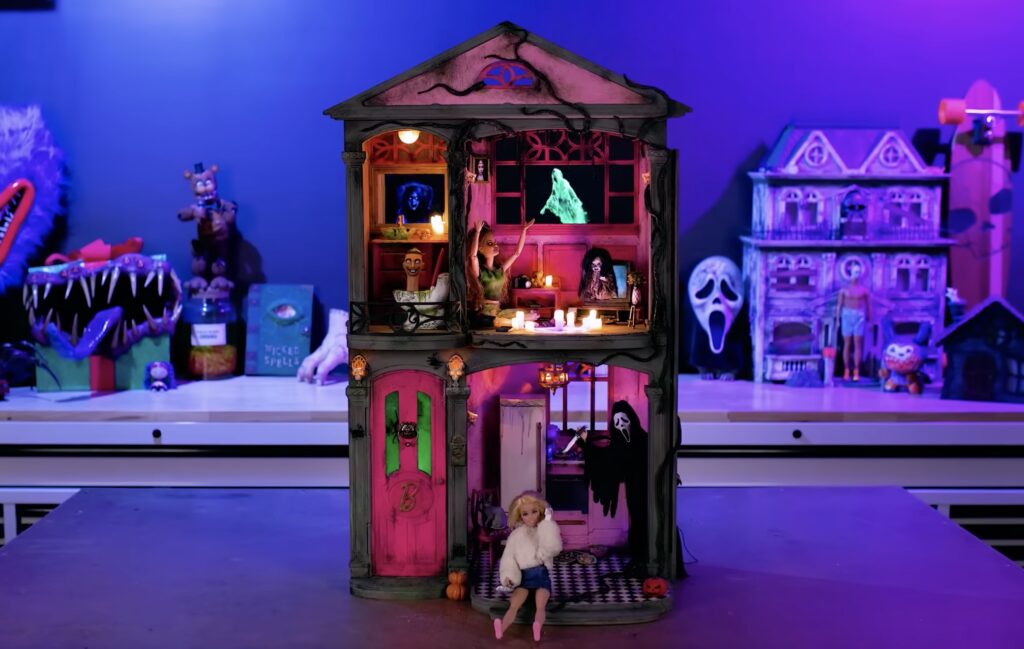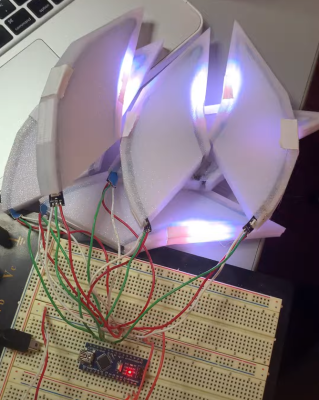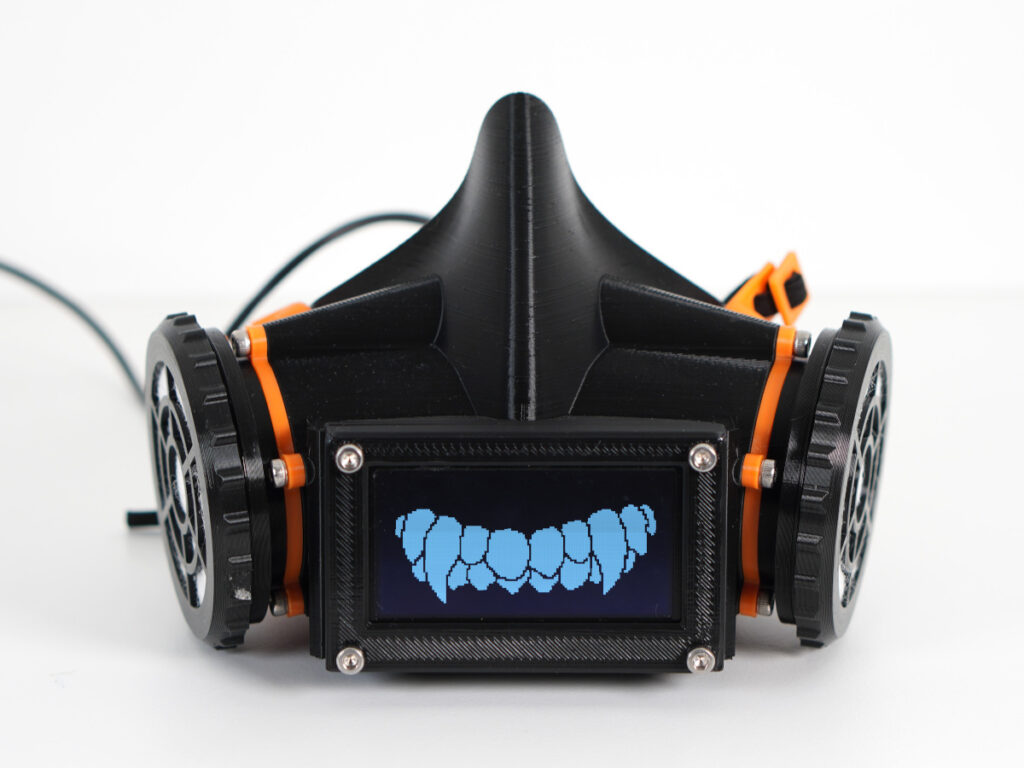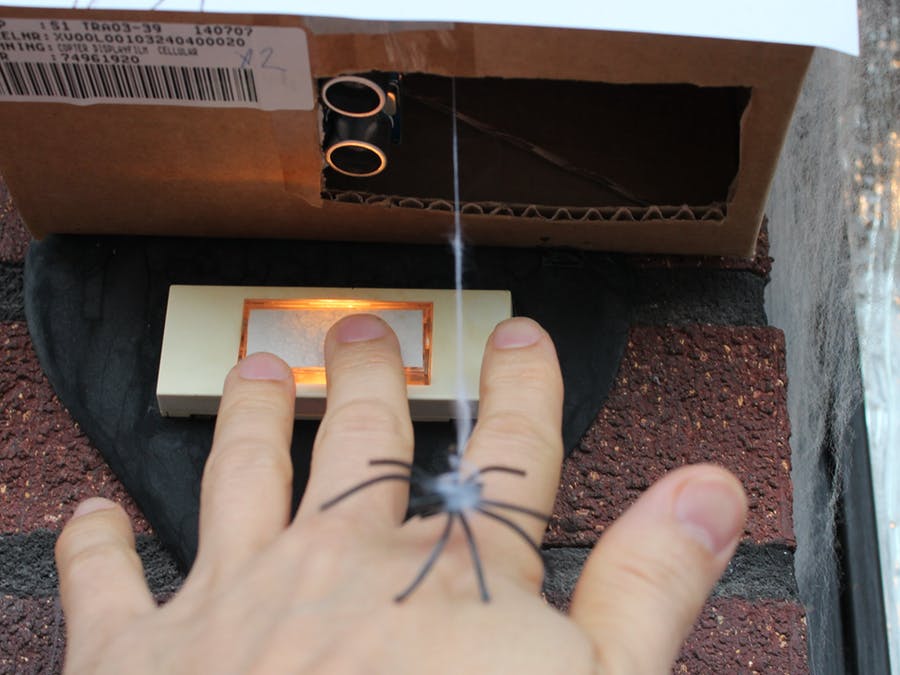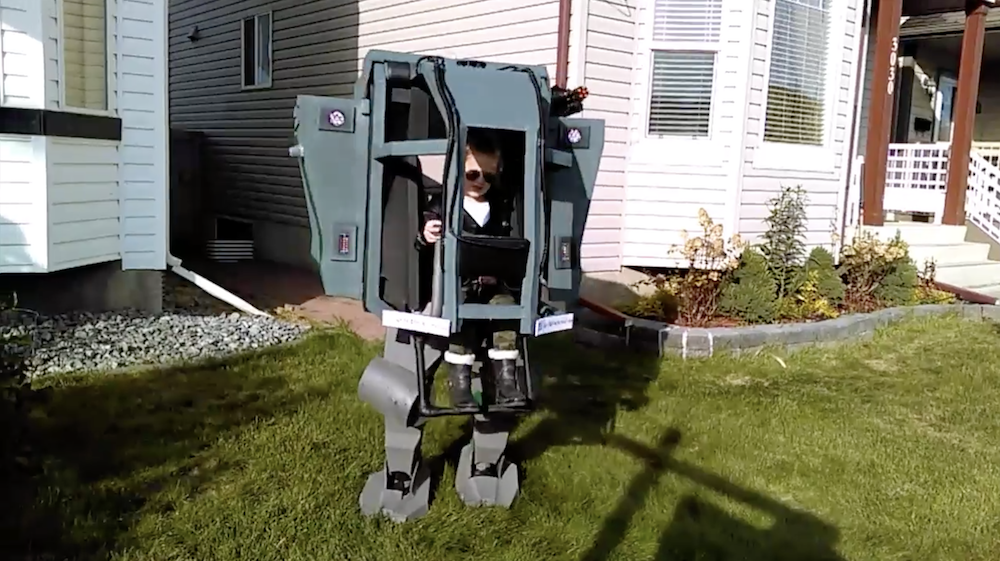22
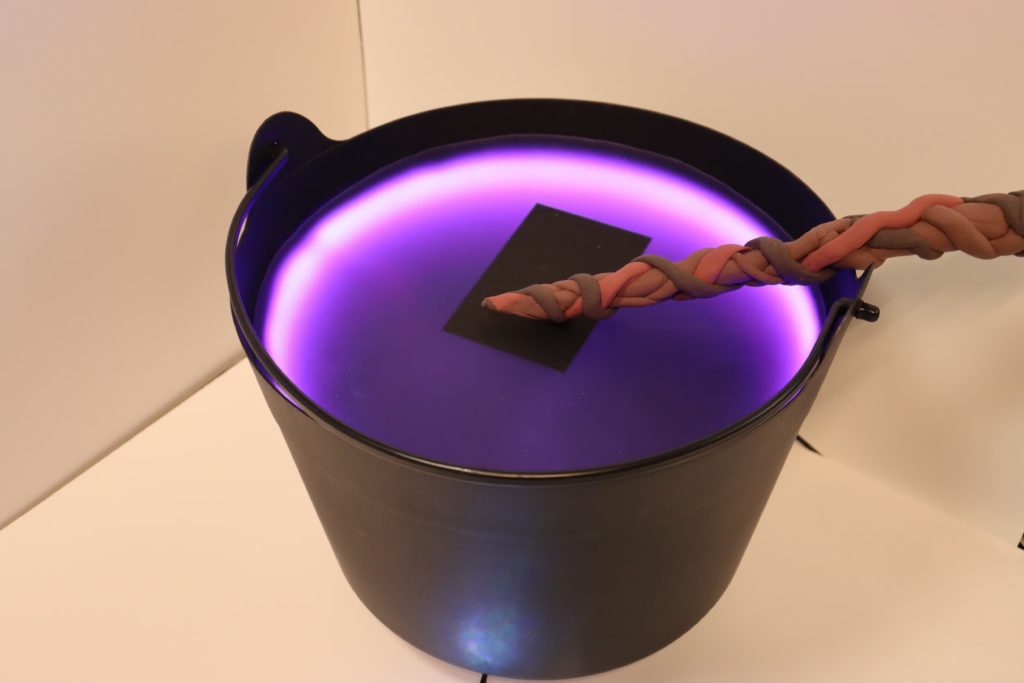
The large, bubbling cauldron is a classic mainstay in our Halloween decorations as it evokes imagery of devious witches and their mysterious concoctions. Fed up with this being a mere display piece, element14 Presents’ Katie Dumont created her own interactive enchanted cauldron that allows visitors to brew their own digital potions from an array of distinct ingredients using a whimsical “wand” and NFC-tagged bottles.
To test her idea of mixing ingredients, Dumont began by connecting an Adafruit NFC reader to an Arduino UNO Rev3 along with a strip of RGB LEDs. The code she wrote checks which NFC tag is present every second, and depending on the color, will either add another color or increase/decrease the overall brightness. After the special wand tag has been detected, each pixel along the strip is mixed into a shared, uniform color across all of them.
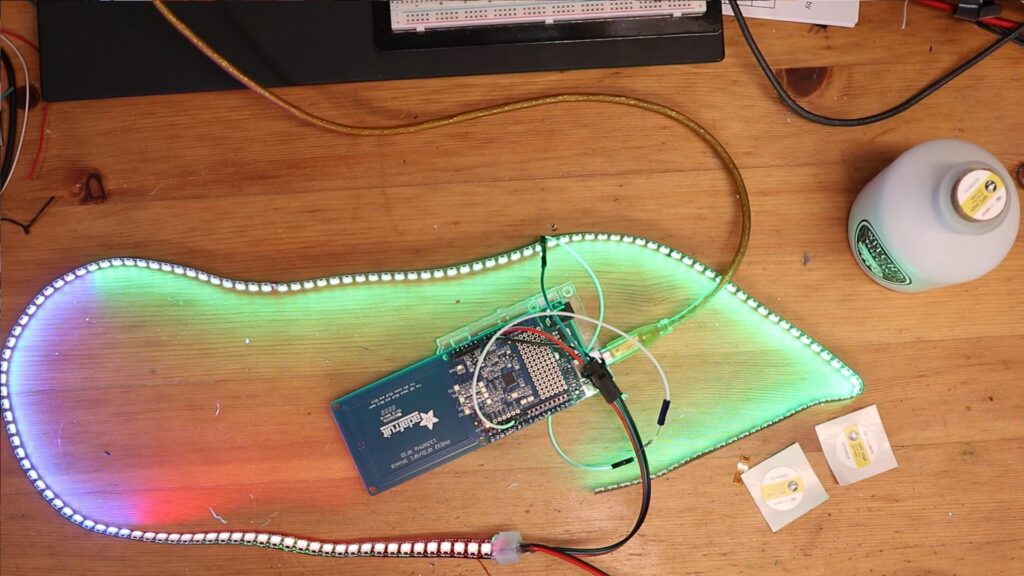
Upon the heels of this successful experiment, Dumont included another layer of interactivity in the form of a small game where players are presented with a certain color and must try to use the potion bottles to replicate it as close as possible with only red, green, and blue inputs. After selecting a sequence of three colors, tapping the wand will display the result and either flash red or white to indicate failure or success, respectively.
To see more about how Dumont created her enchanted cauldron, you can read the build log here and watch her demo video below!
The post Brew virtual potions by mixing ingredients in this interactive cauldron appeared first on Arduino Blog.



